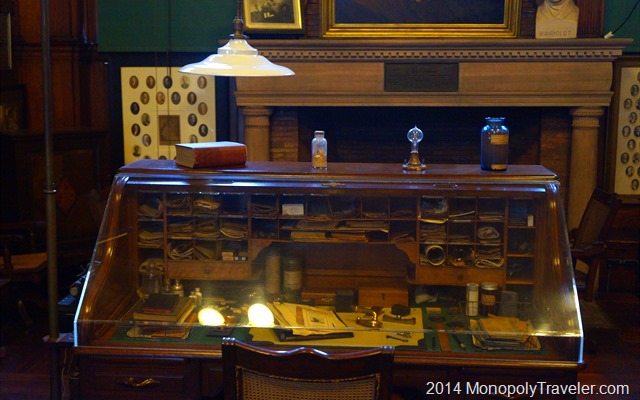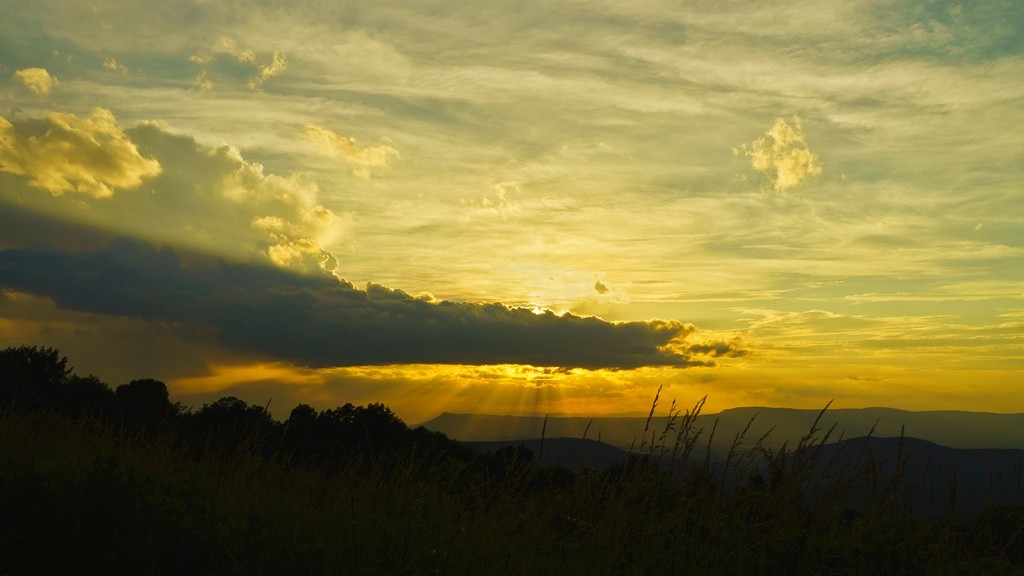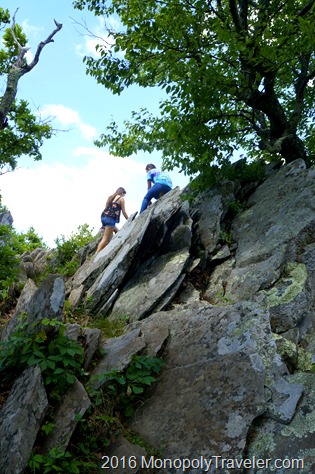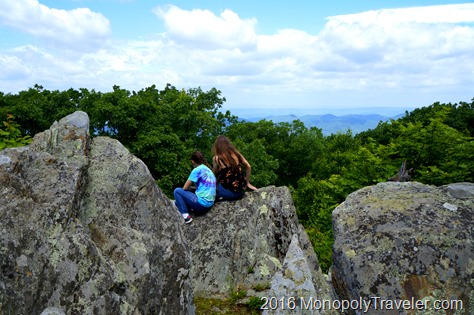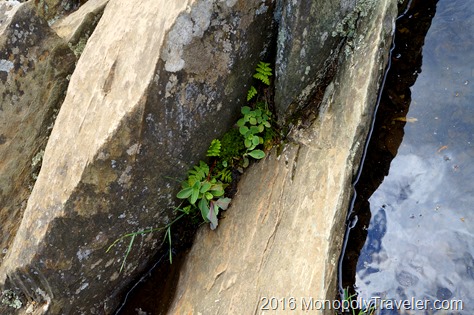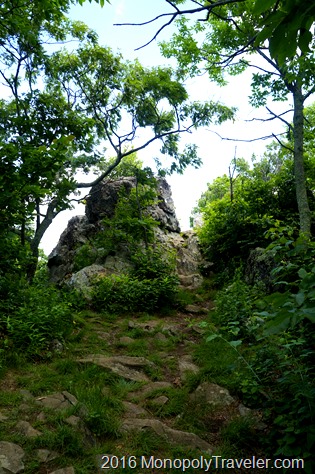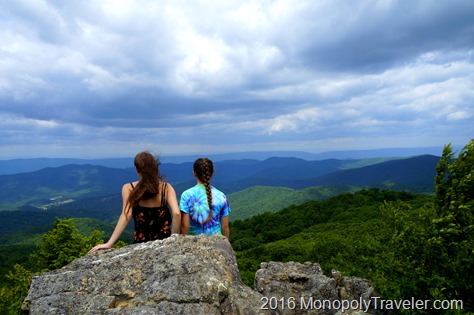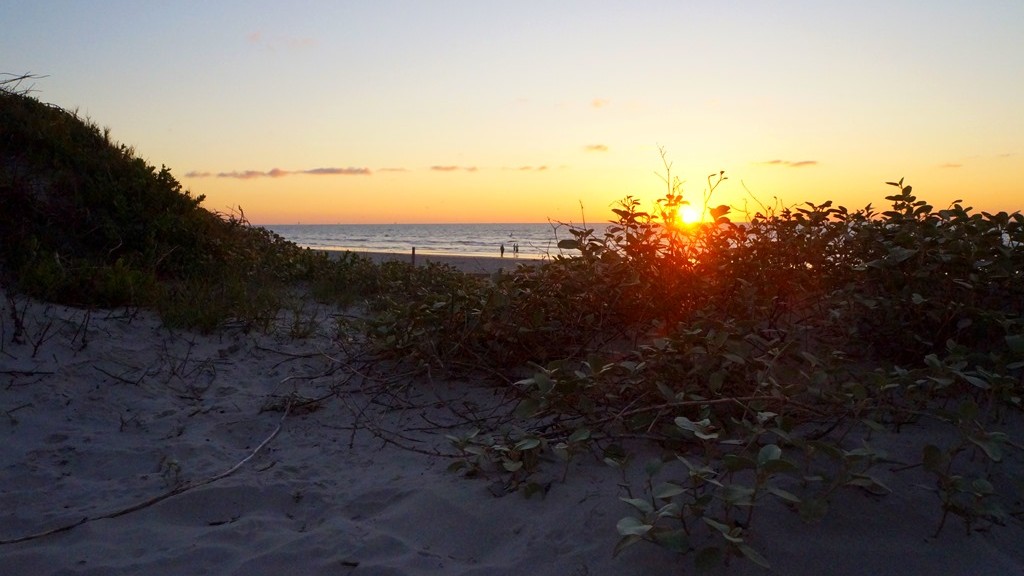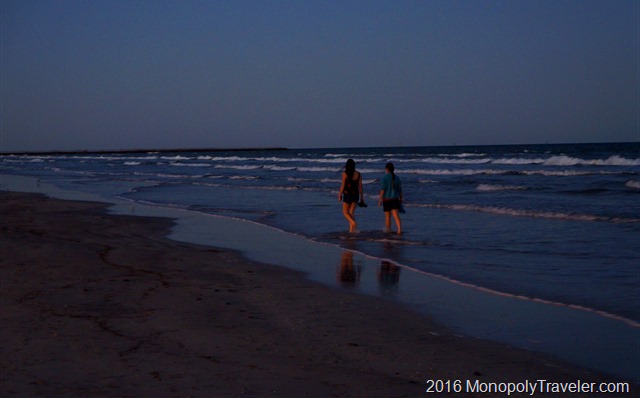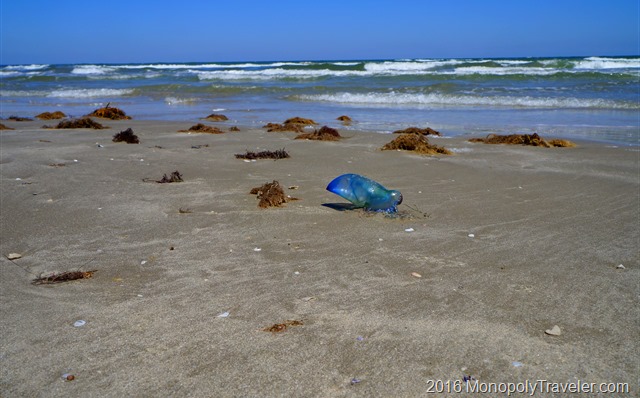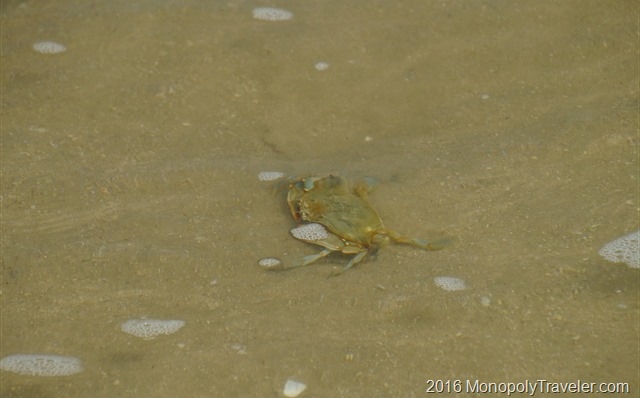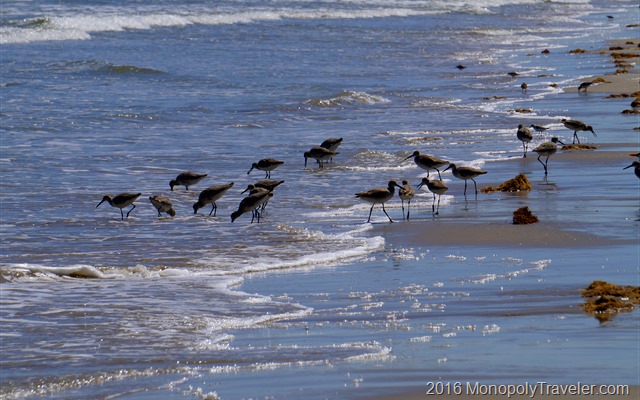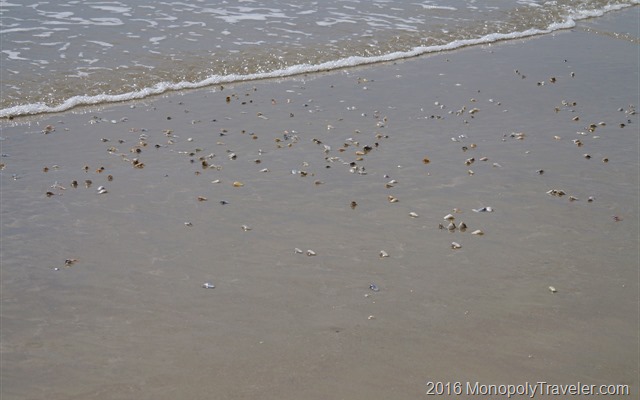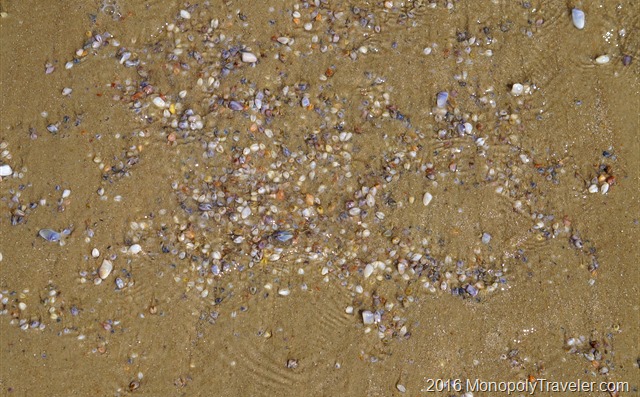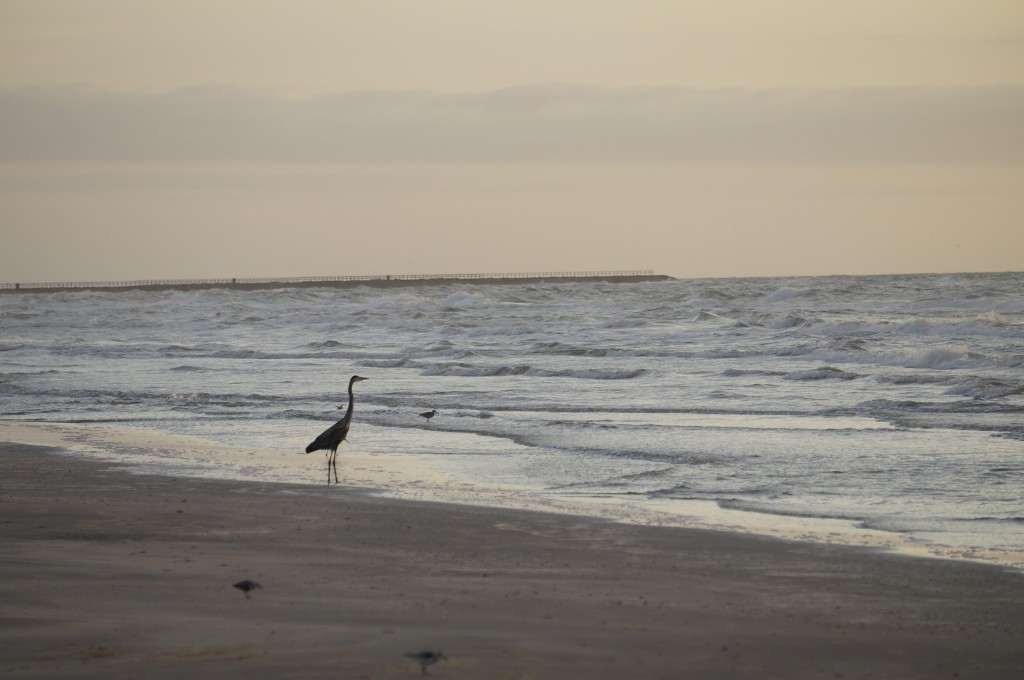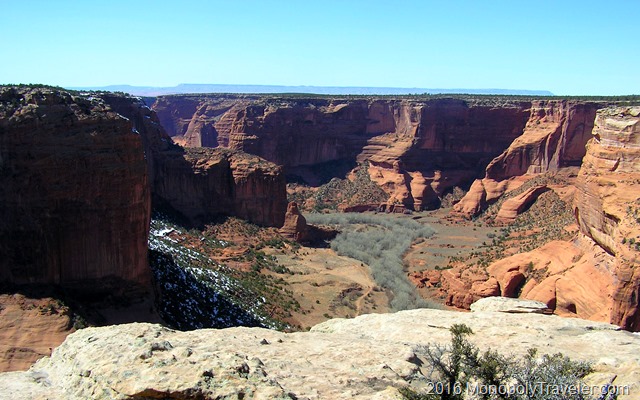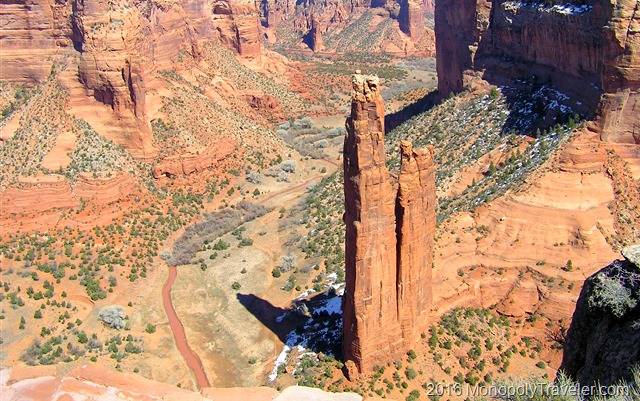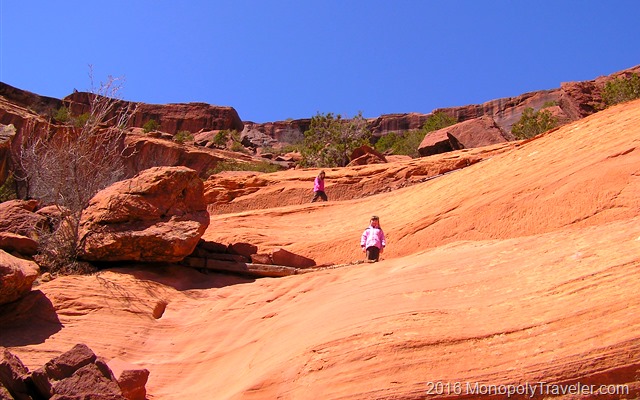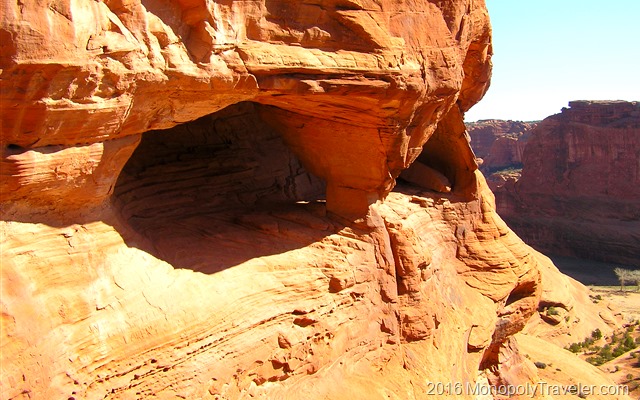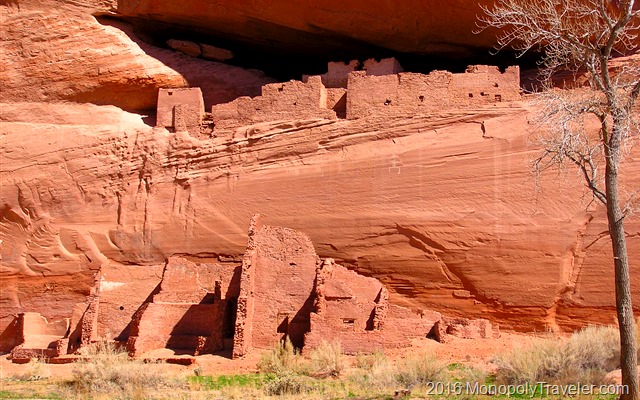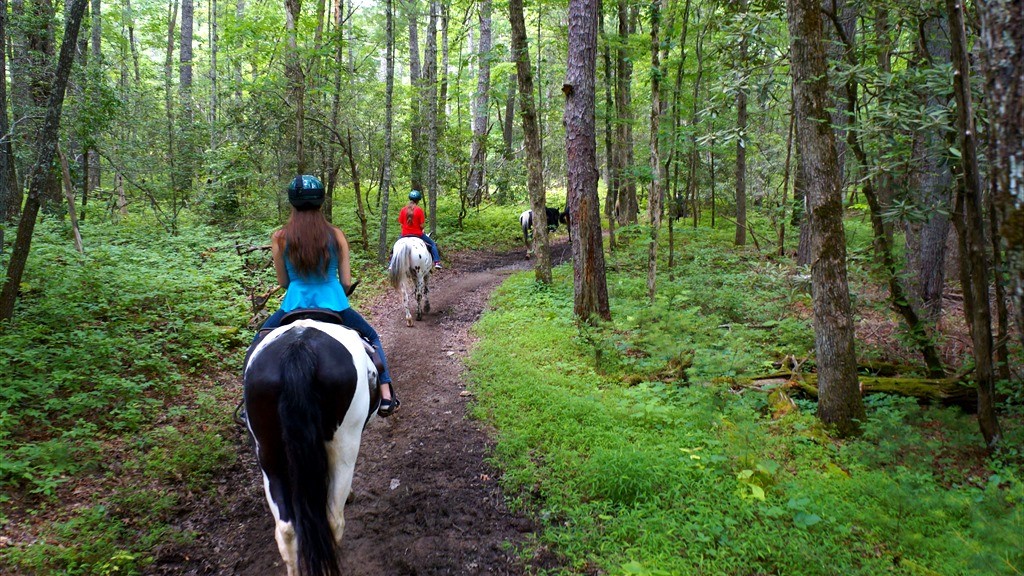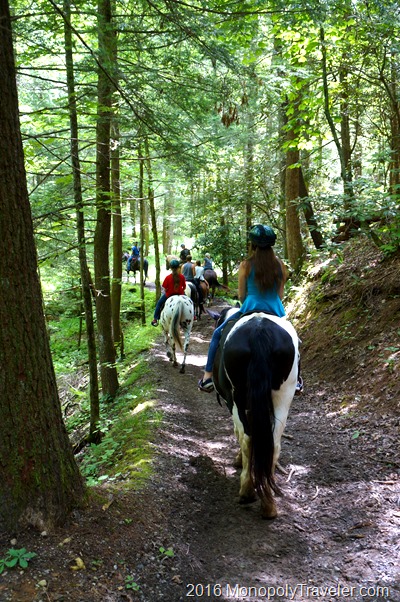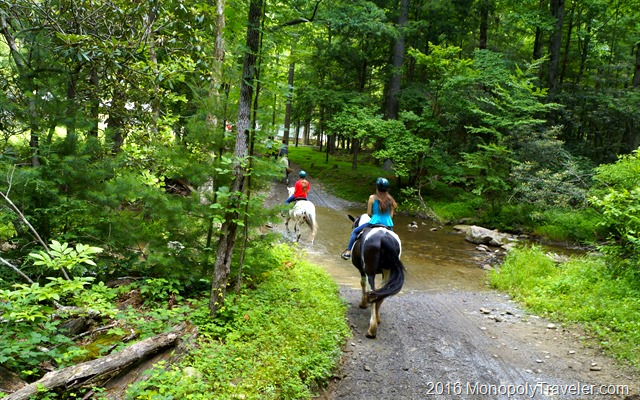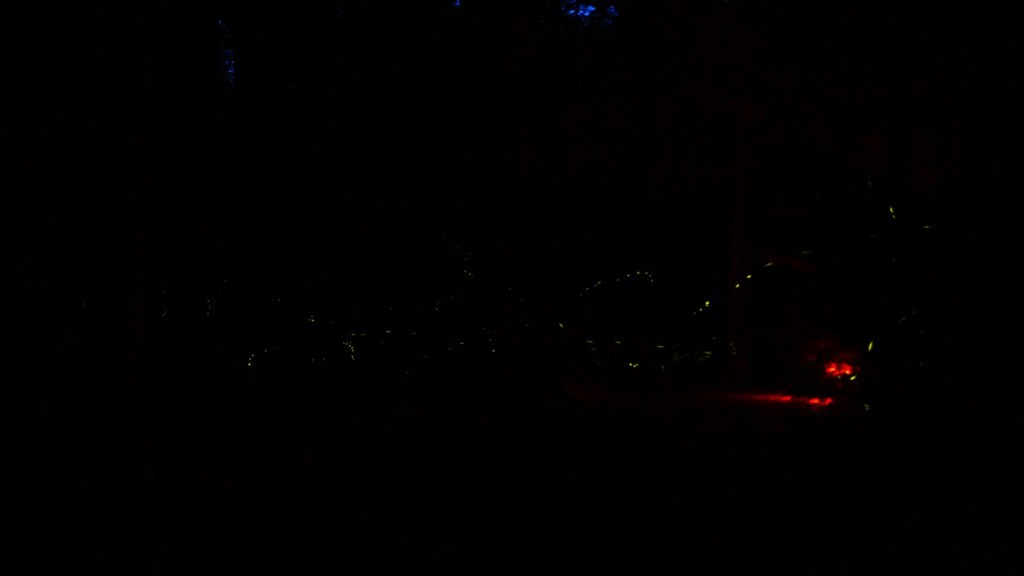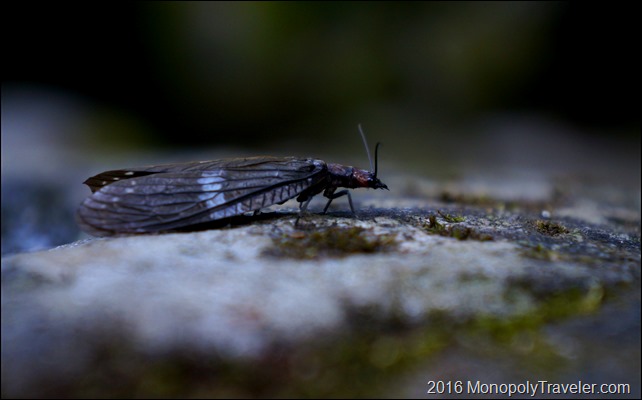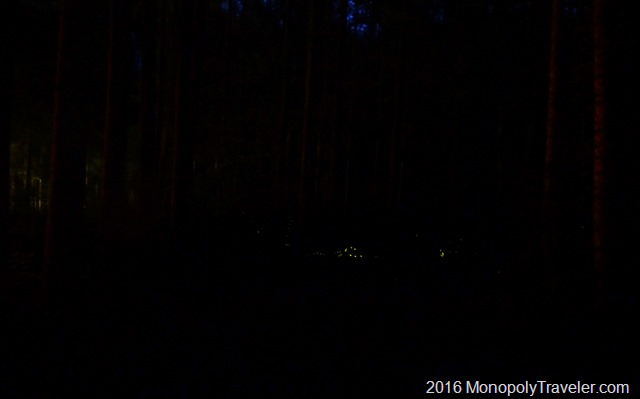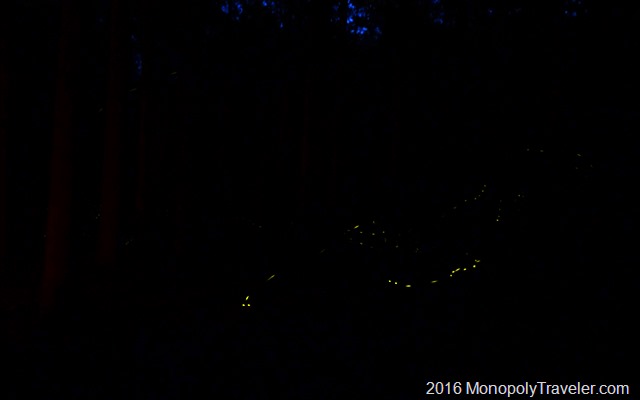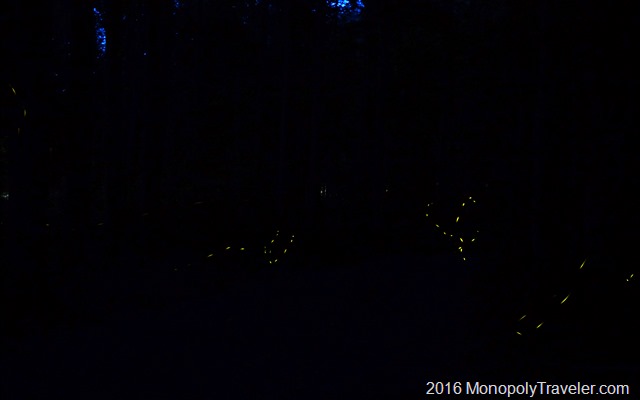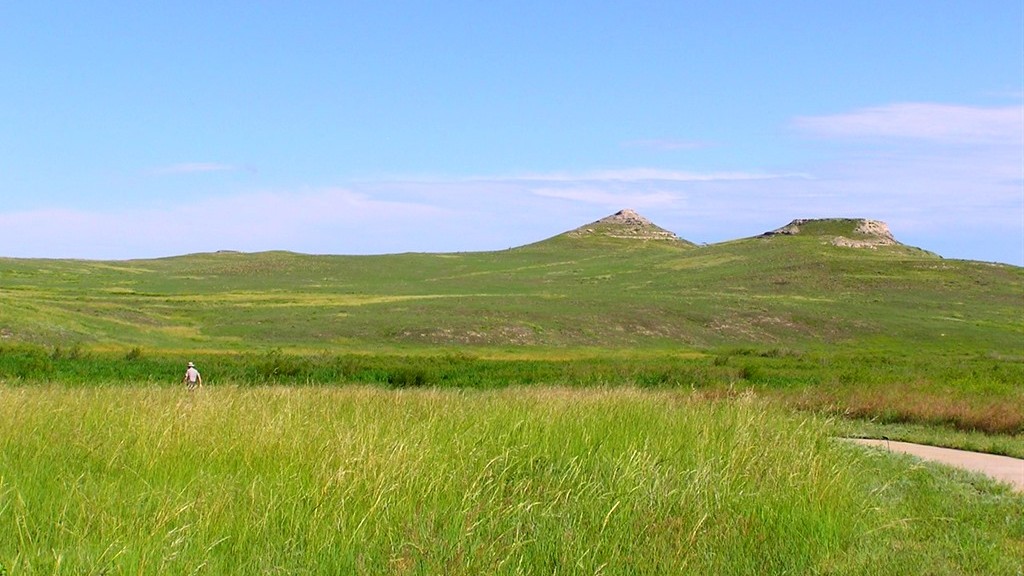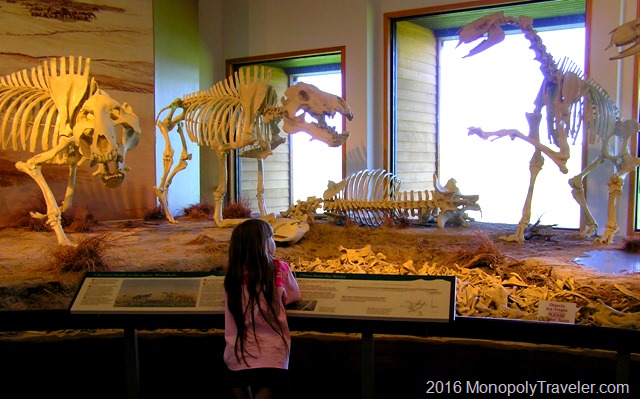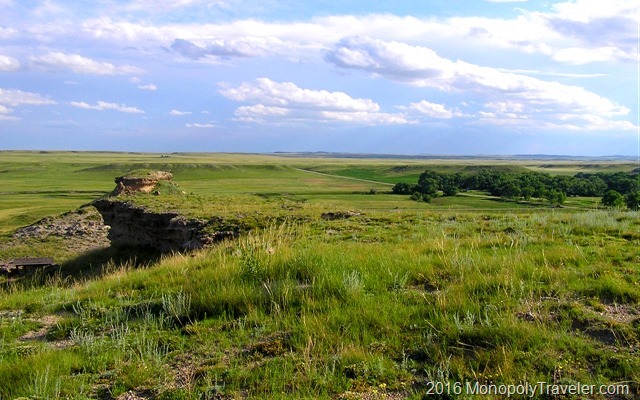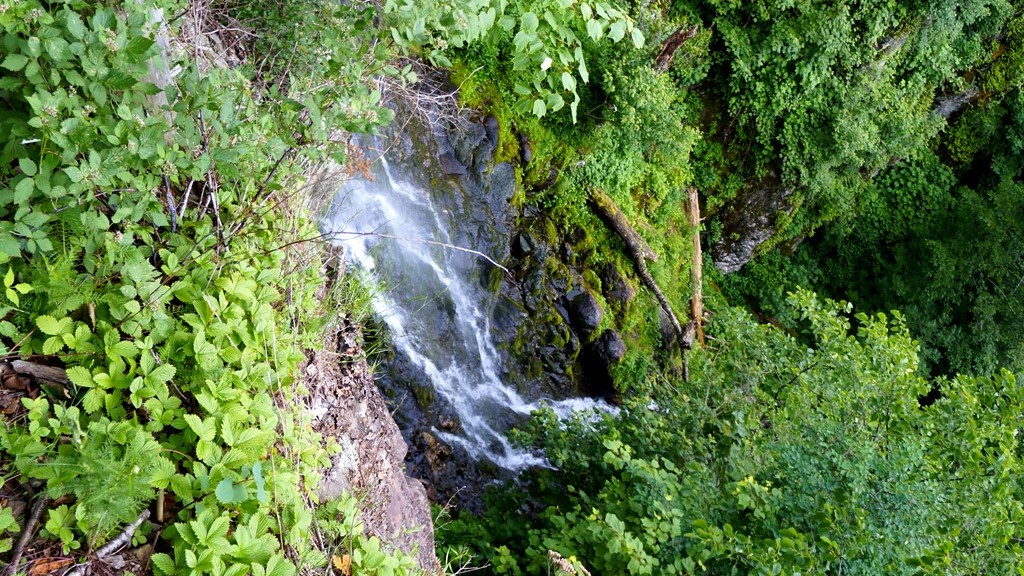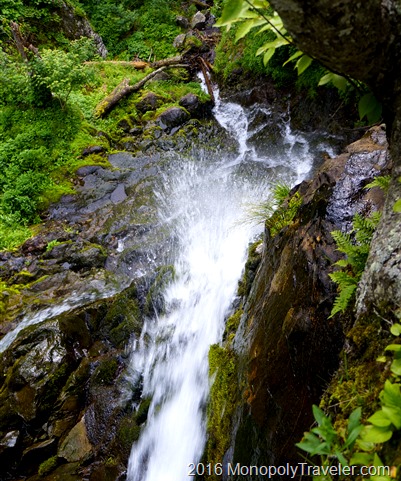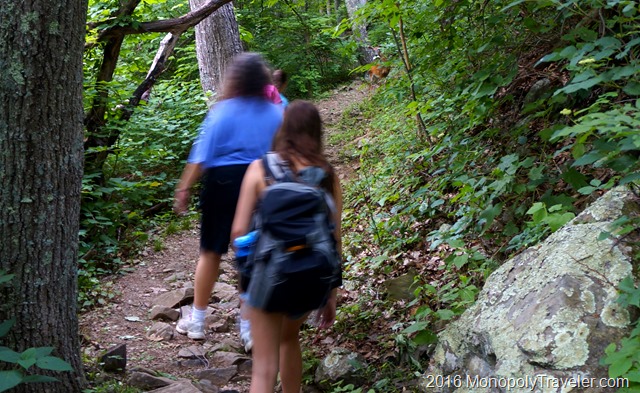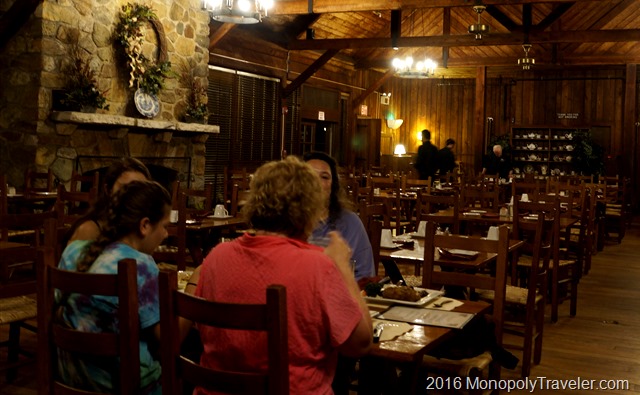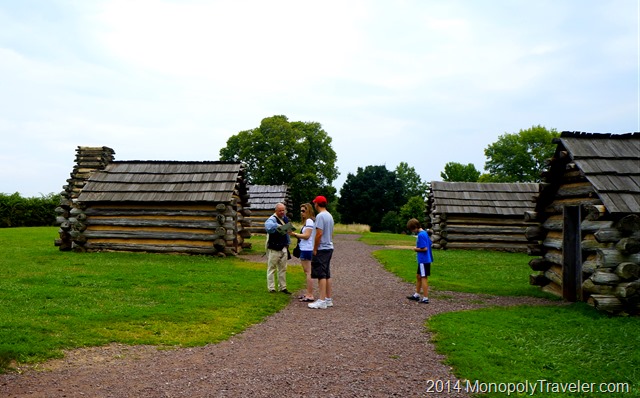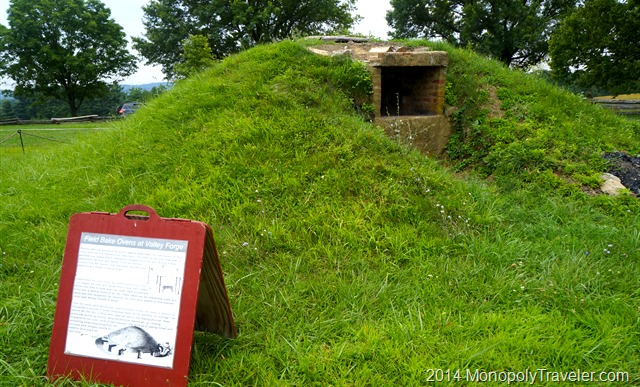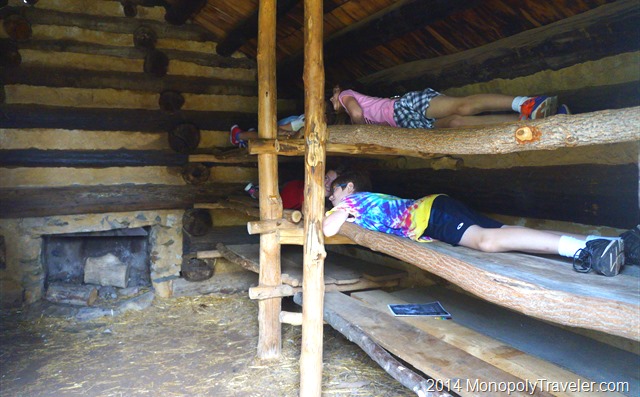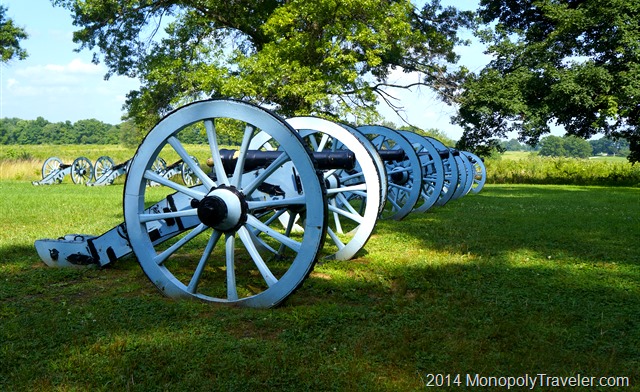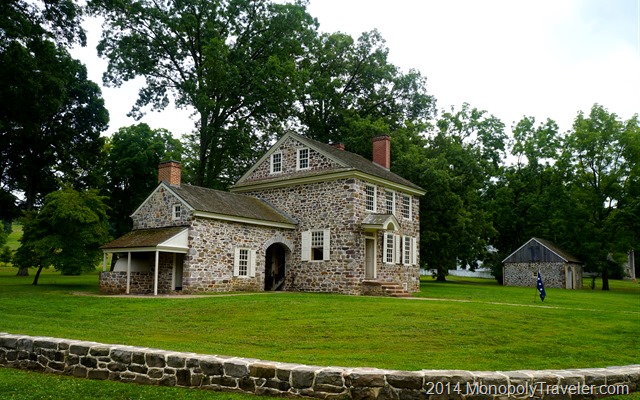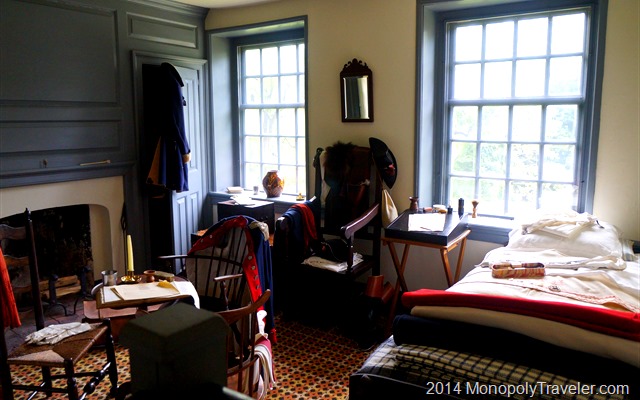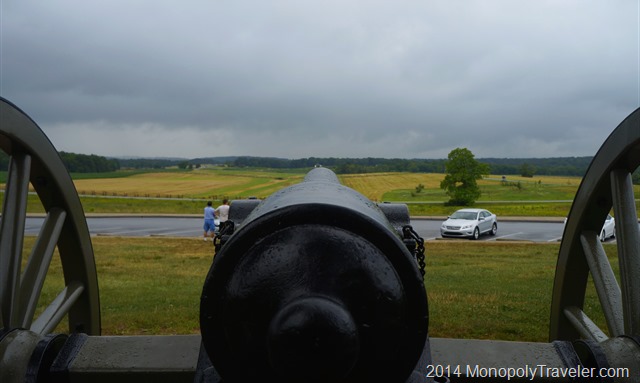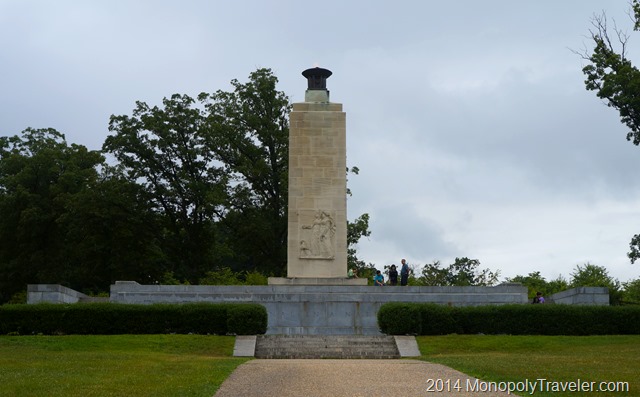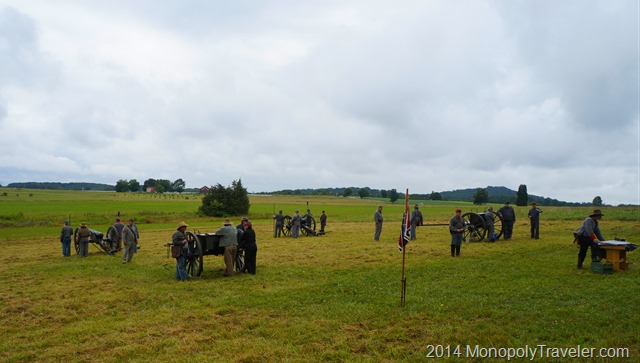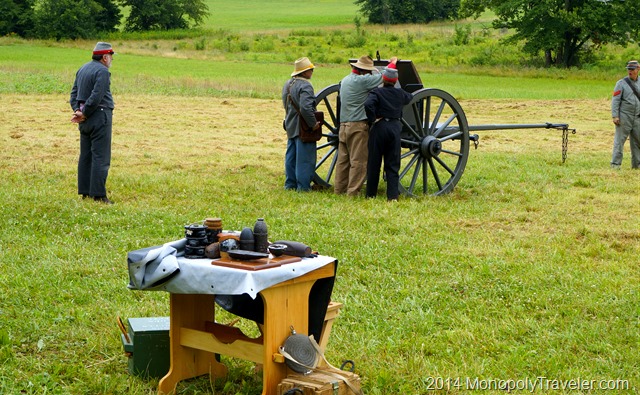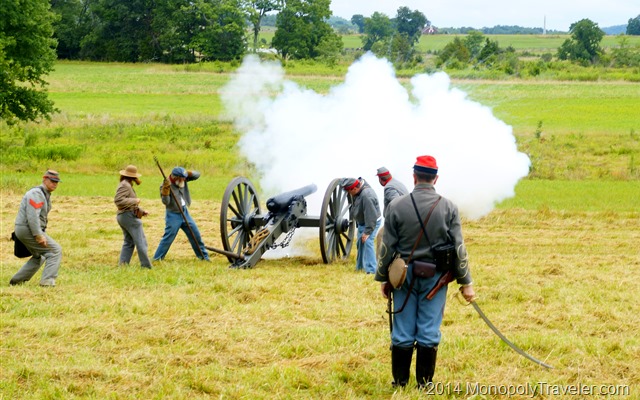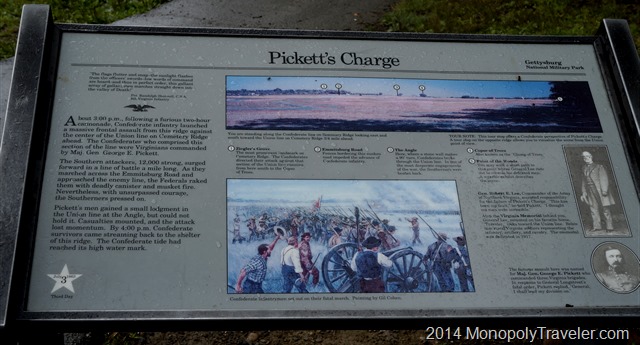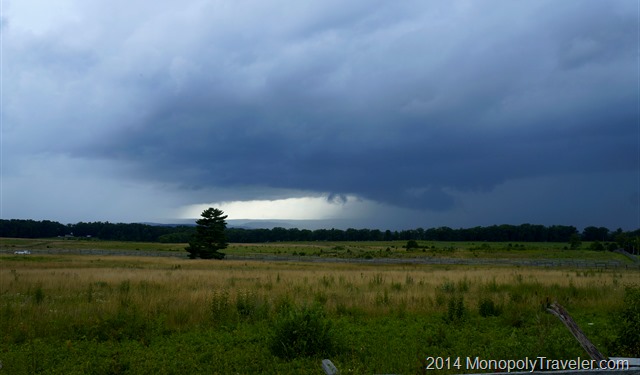
One of the stops on our National Parks Monopoly Board was to Thomas Edison National Historical Park in New Jersey. When I first saw this place on the board I thought it would be interesting to see where the light bulb came from. Little did I know that Thomas Edison was responsible for so much more. He is credited with inventing ways to move electricity, of course the light bulb, the phonograph, motion pictures, motion picture cameras, and so many other things that are an important part of our lives now. After learning more about Edison it made sense why there are so many Edison Electric companies.
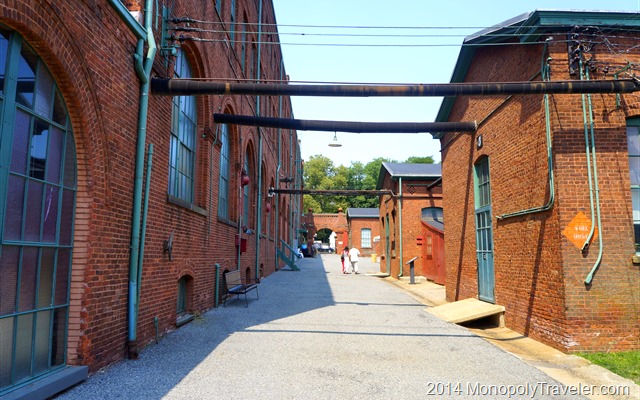
Arriving at the laboratory complex about mid-morning gave us the opportunity to explore Thomas’s different workshops for at least half the day. A stop at the visitor center allows you to get passes to see Edison’s home along with an introductory film about Thomas and his inventions. There are 5 different lab buildings to explore along with the Black Maria built for creating motion pictures and Glenmont Estate where his home is located. Our first building was the chemical lab.
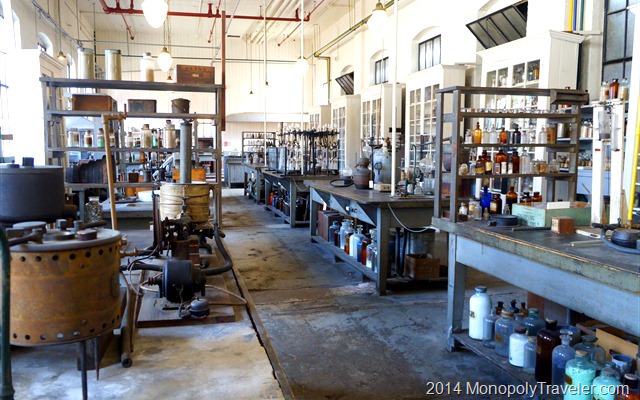
This is where we began to realize how many different inventions that Thomas Edison was a part of. There is a building for chemicals, metals, woodworking, and physics that worked together to create things such as records for the phonographs, batteries for cars, portland cement. While in the chemical lab we were showed some different things being worked on such as a plastic record for recording sounds and a rubber based on plant sap instead of using oil that could be used for manufacturing tires. It was also here that we learned about batteries being created to power cars. That was incredibly enlightening to understand that electric cars could have been around in 1910 and we are now just started to embrace this type of technology today.
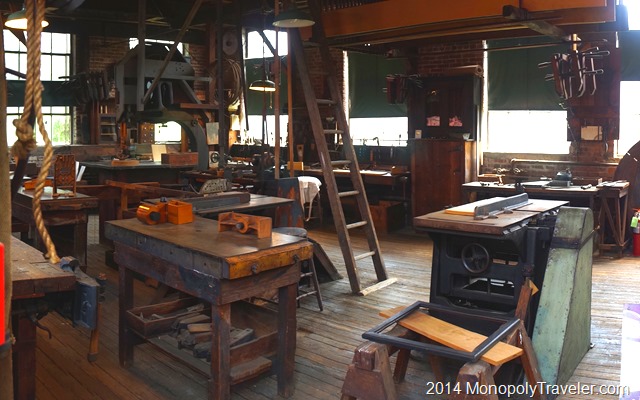
After a quick look inside the metal lab, we moved on to the main laboratory which was a much larger area with multiple floors able to build more inventions. There are a lot of machines in this building all running off of belts. I can only imagine how much noise there was when this building was in use. Amazing how this was all set up to run by connecting belts together. I’m sure people working here had to watch their step or a belt would cause a quick and painful injury as fast as they were probably running.
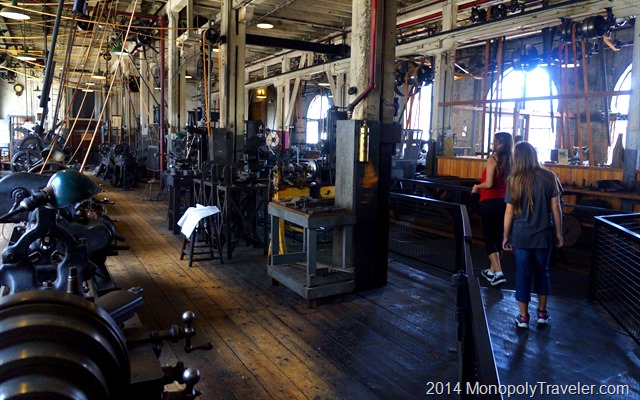
There were two motors to run all of these machines, one for each side of the laboratory.
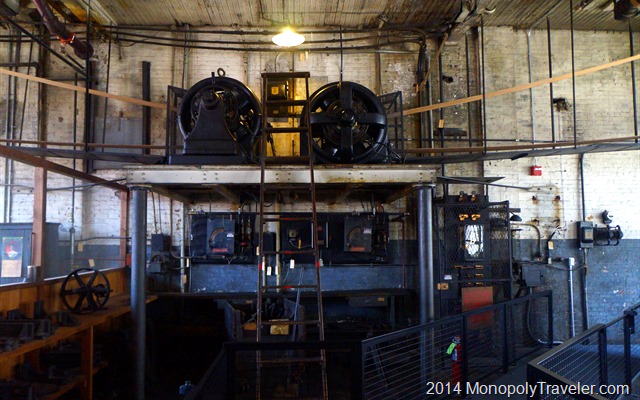
The most incredible piece to this whole complex to me is how advanced this all seems for late 1800’s and early 1900’s. I’m sure at that time, while it was advanced technology, it didn’t seem nearly as advanced as I believe it to be. Of course I get to view the advancements from 60 plus years in a matter of hours and know what they have led to today instead of the years and years it likely took to create many of these inventions. Having done some woodwork along with my horticultural education which requires some chemical knowledge with fertilizers and pesticides helped me to really appreciate what it must have been like working in these labs attempting to create new things.
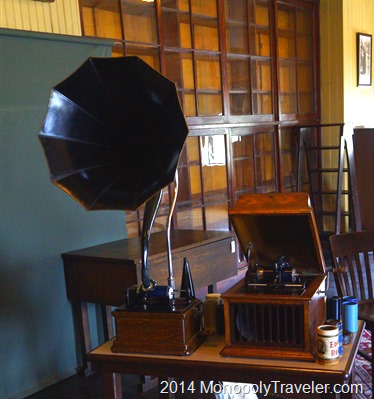
After going through most of these laboratories, we headed up to Glenmont Estate to tour Thomas Edison’s house. It was a very nice house that was well furnished but didn’t appear as extravagant as a home that I’m sure he could have had. There were a number of rooms well decorated with wall hangings, rugs, and intricate woodwork to show the expense put into his home. He showcased a number of his inventions here and had certain rooms solely for entertaining people and having business dealings. There were separate areas for the servants including their own kitchen, bathroom, and stairwell to reach each of the three floors. While I’m sure this home was enjoyed, I didn’t feel overly comfortable inside to want to live in a place such as this. The rooms felt small and closed off to me probably due to the darkness of the interior from the heavy décor and woodwork. Just my personal feelings. No pictures are allowed inside so I can’t look back on them to confirm and show why I felt this way.
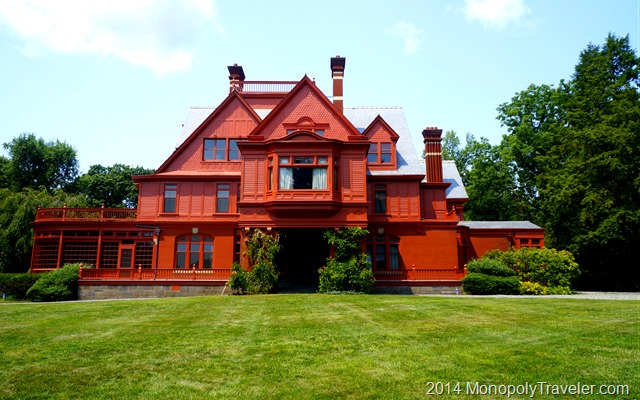
Returning to the lab complex we finished up exploring the motion picture creations. I never realized that Edison created motion picture cameras, a way to view them, and a studio designed to make them. It must have been amazing to create and watch the first motion picture. I know a lot of people still like to make and watch them today only they are considered stop motion or time lapse videos now but basically the same concept used to invent the first movie. We enjoy watching how things happen over time or even slowing time down in the case of an explosion or other fast event. I’m sure it was the same idea then.

Once the motion picture was created than it was time to figure out better ways to photograph them. Thus the need for Black Maria which was built for the first motion picture studio. The purpose of the studio was to control light. Light could be blocked out or let in with opening doors in different places or turning the entire studio to a different direction by rotating it on the tracks much like railroad tracks it was built on. Adding sound to these motion pictures was the next step and made sense with their creation of the phonograph and motion picture. It took almost 30 years to make sound work correctly with motion pictures.
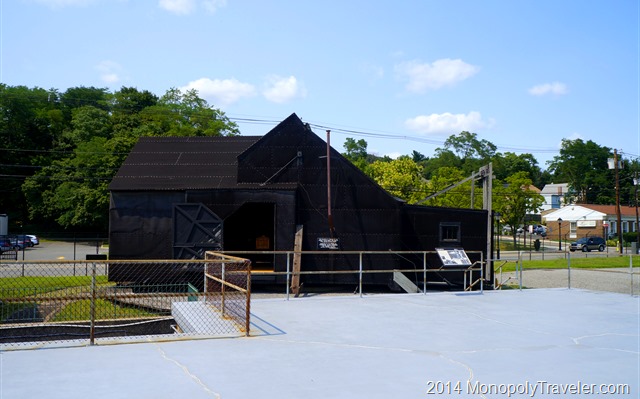
I left this historical park truly amazed at the contributions Thomas Edison made to our lives today. Many of his inventions may have still been created but they would have taken longer and would not be as advanced as they are today without him. Well deserving of a National Park designation. Another place we would not have known about or visited without our Monopoly travels. It does make me wonder what else do we not know about and are missing?
